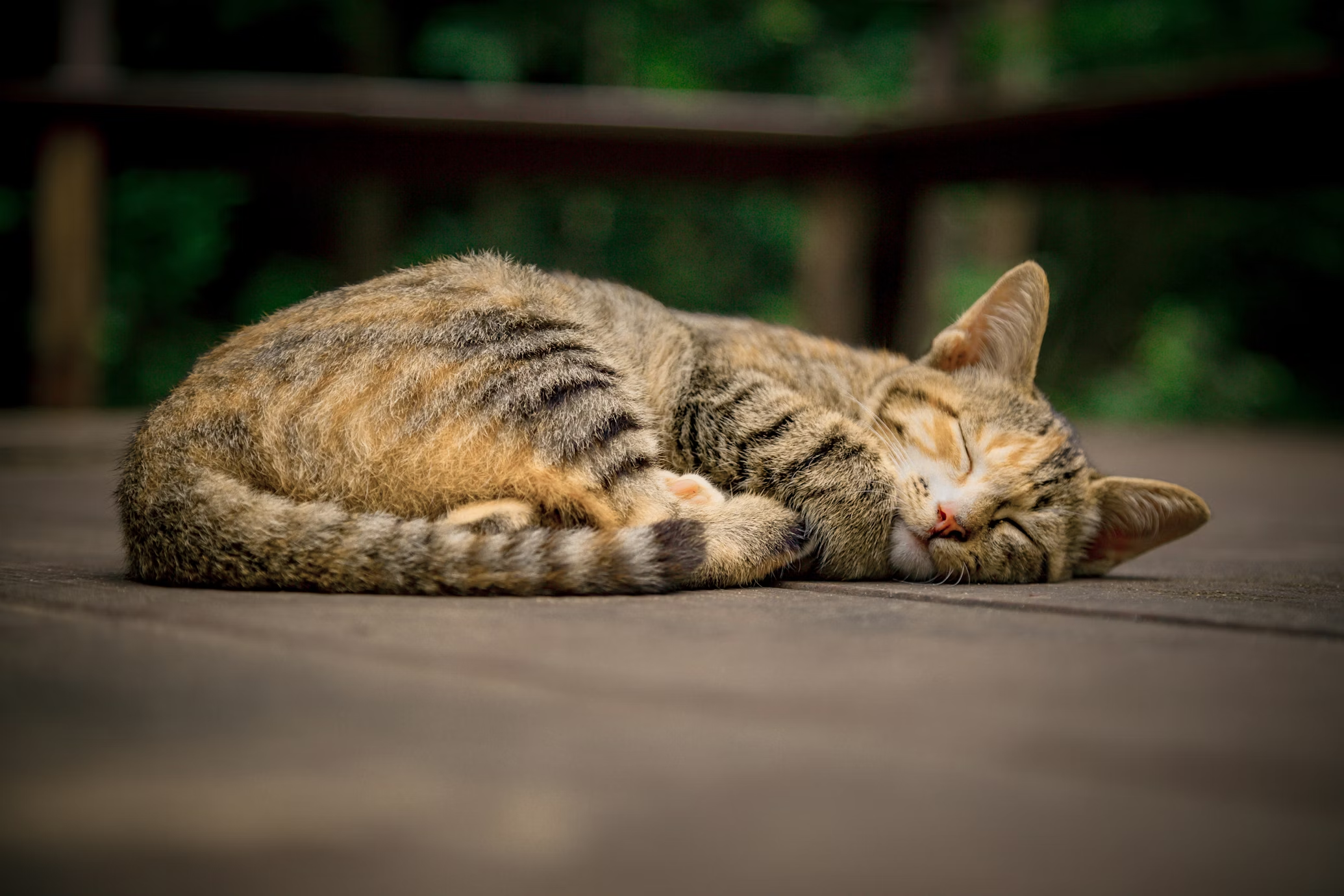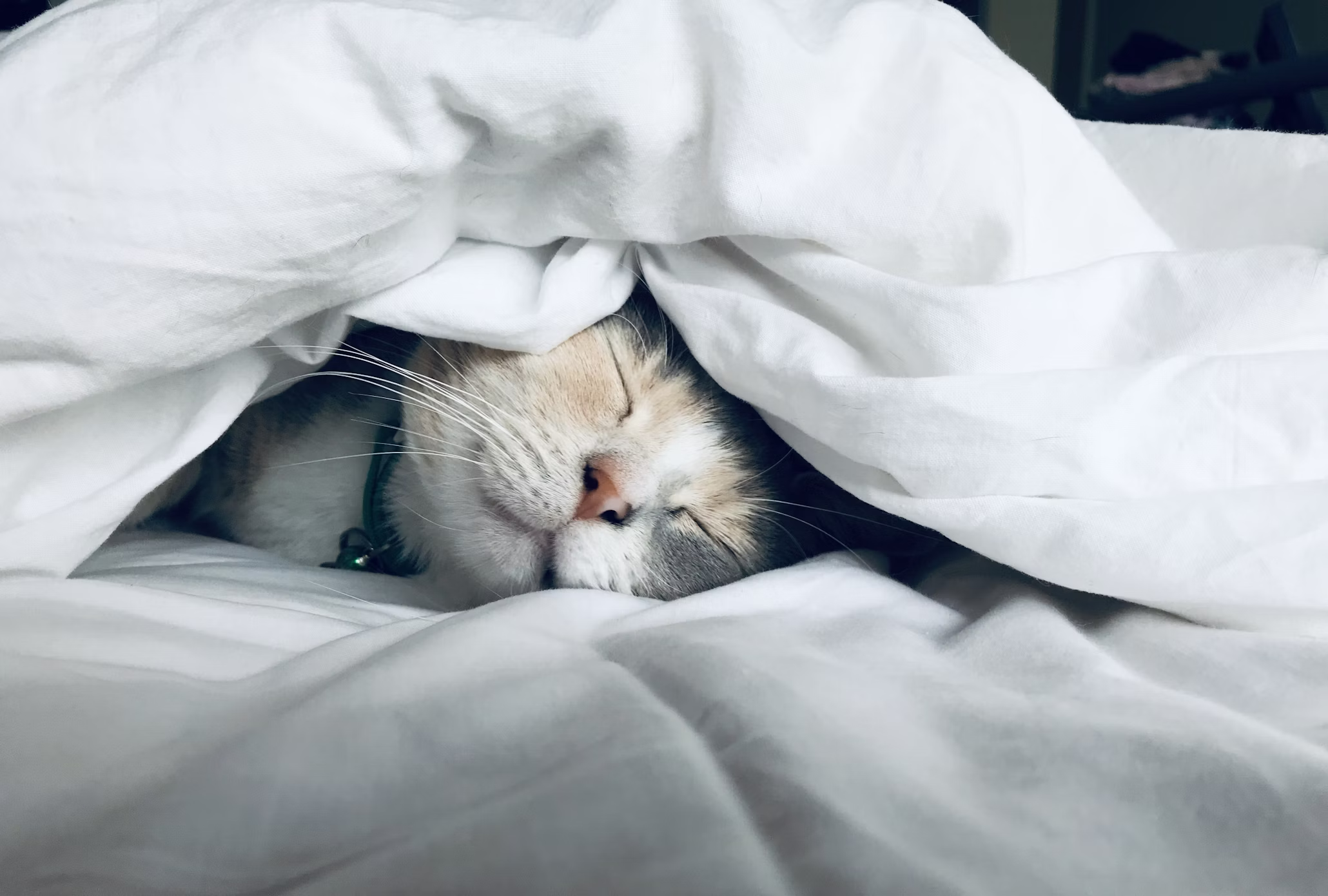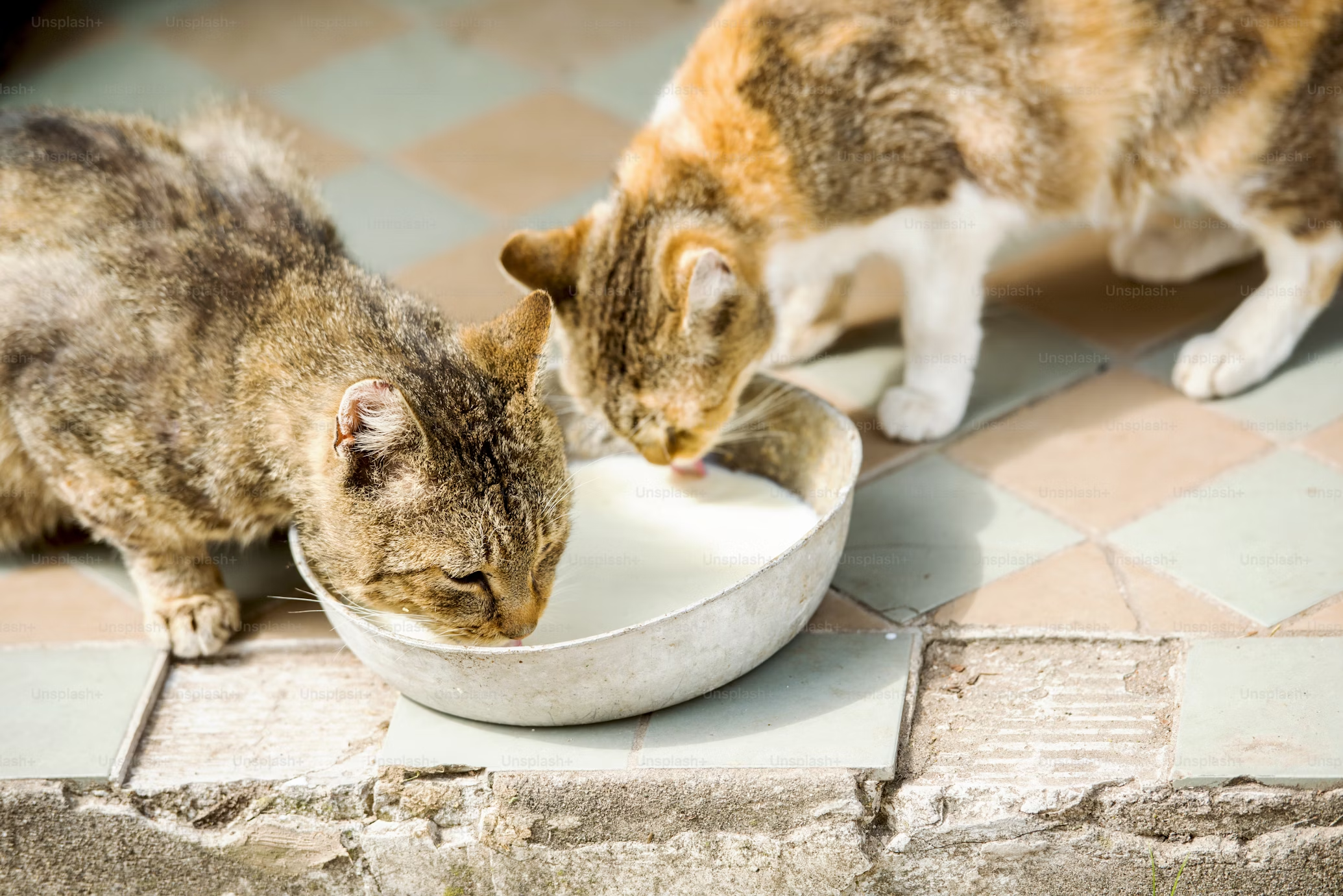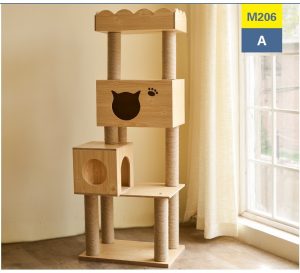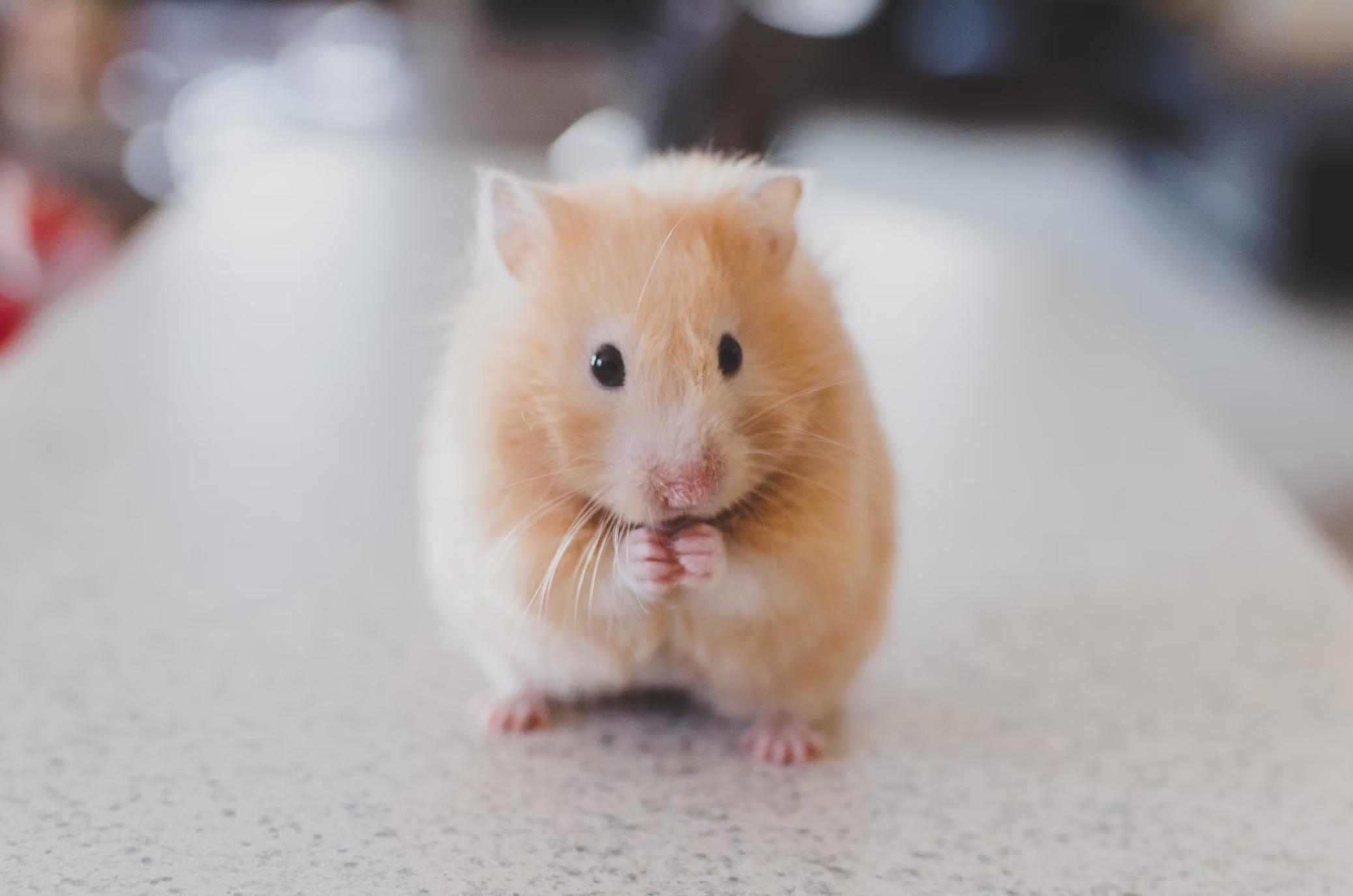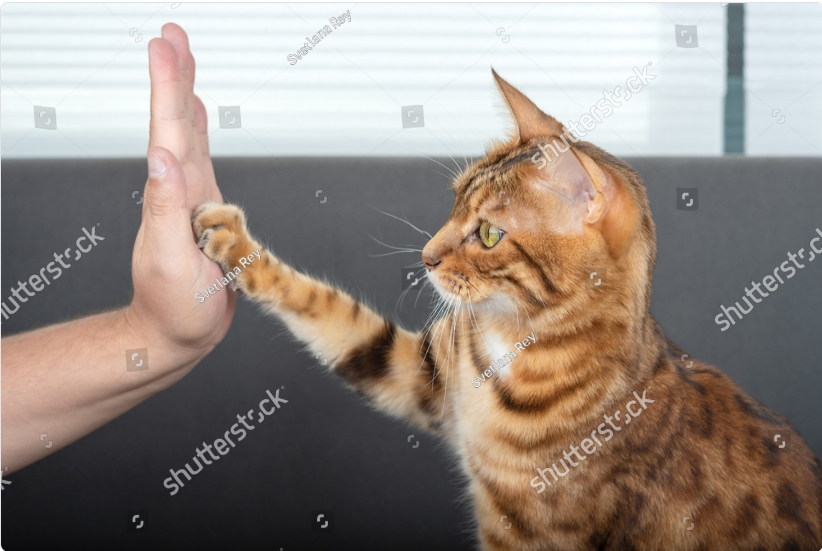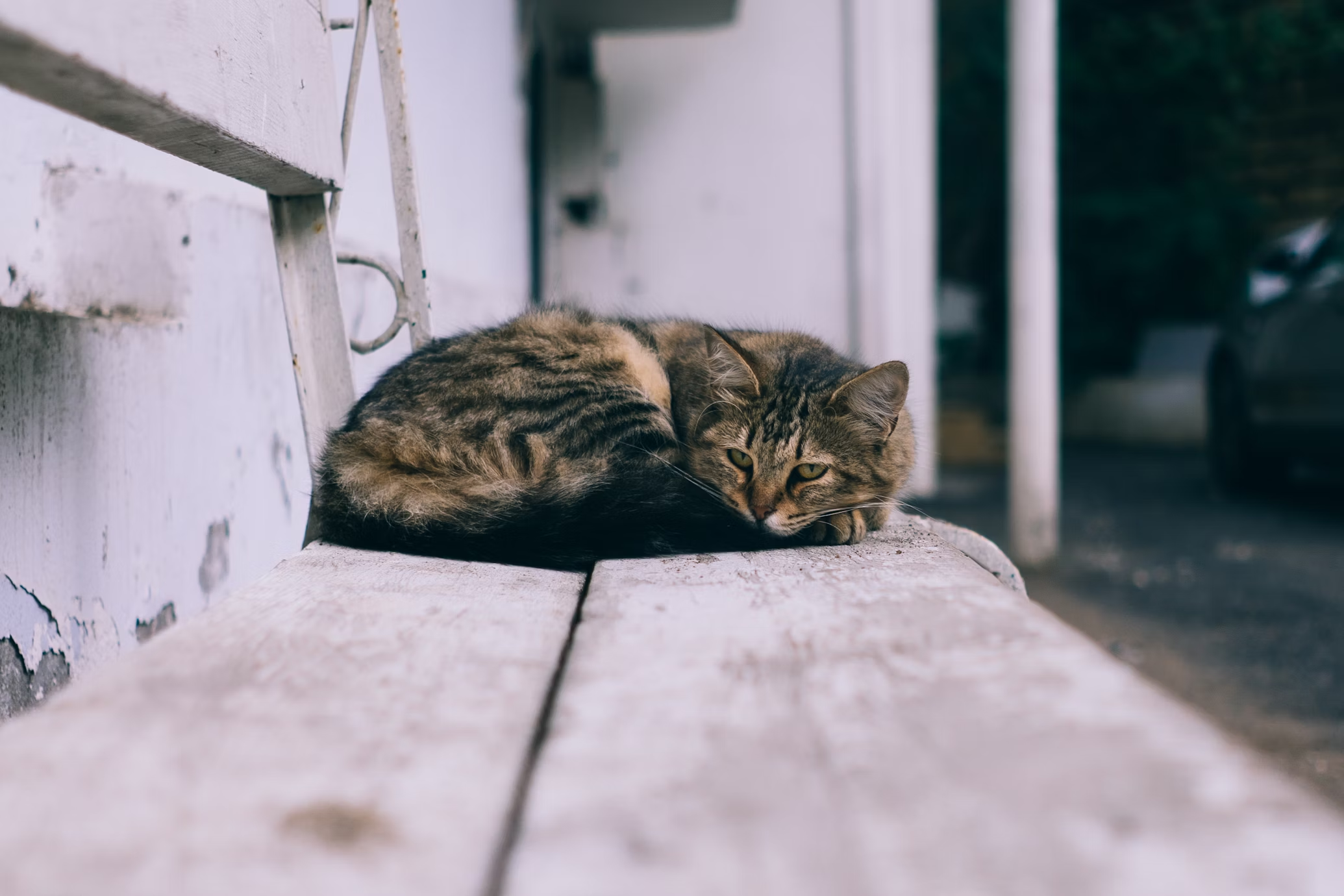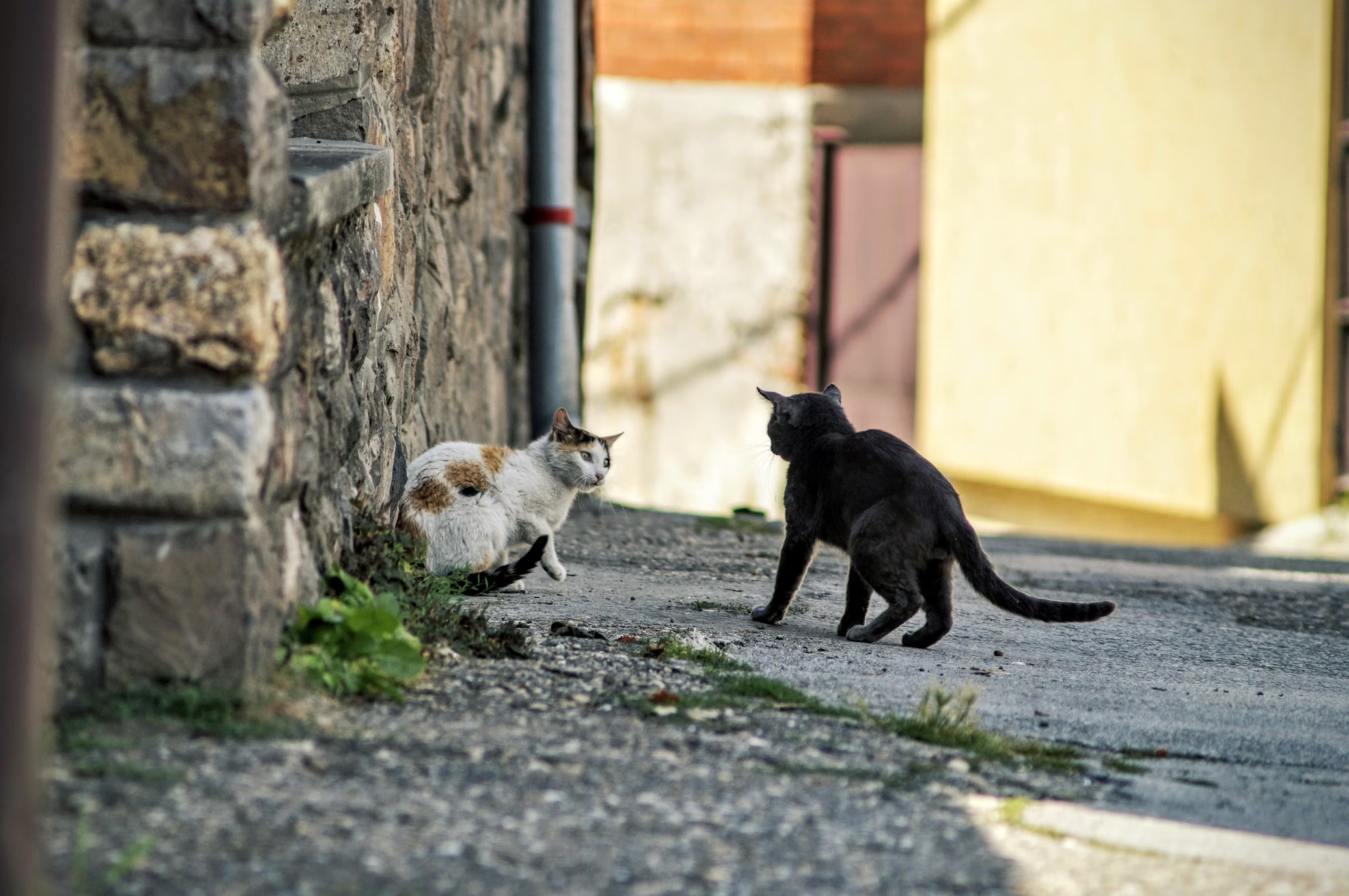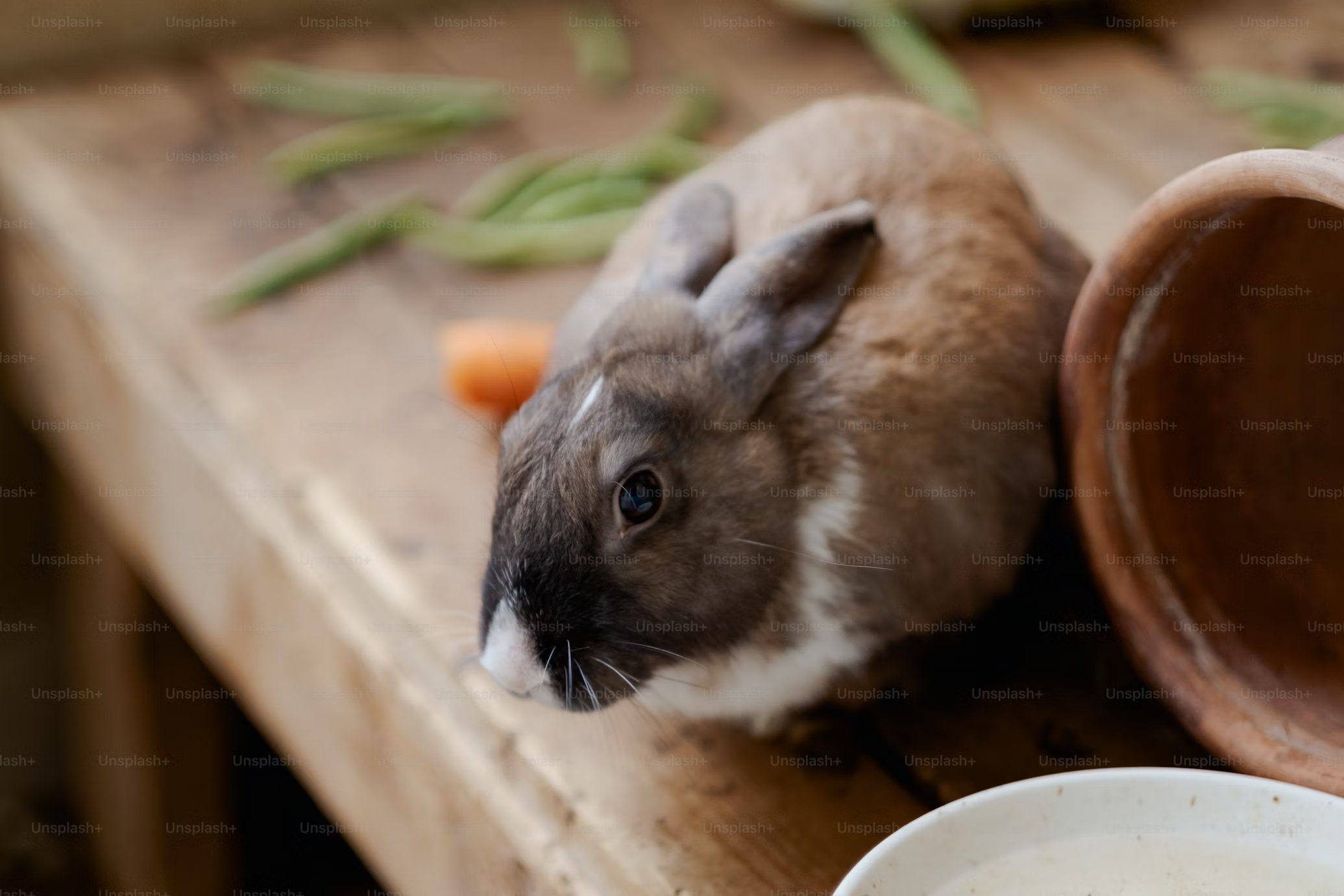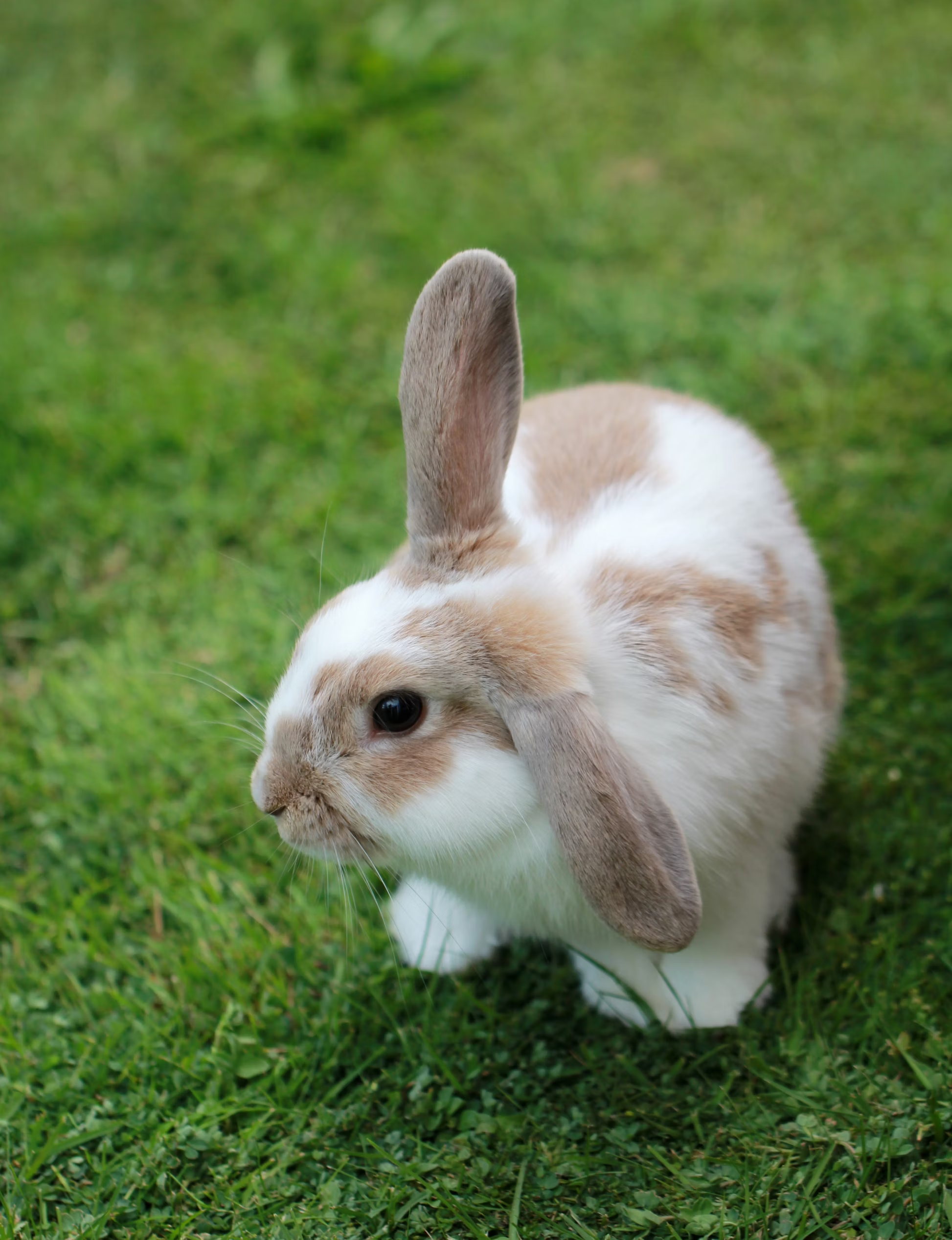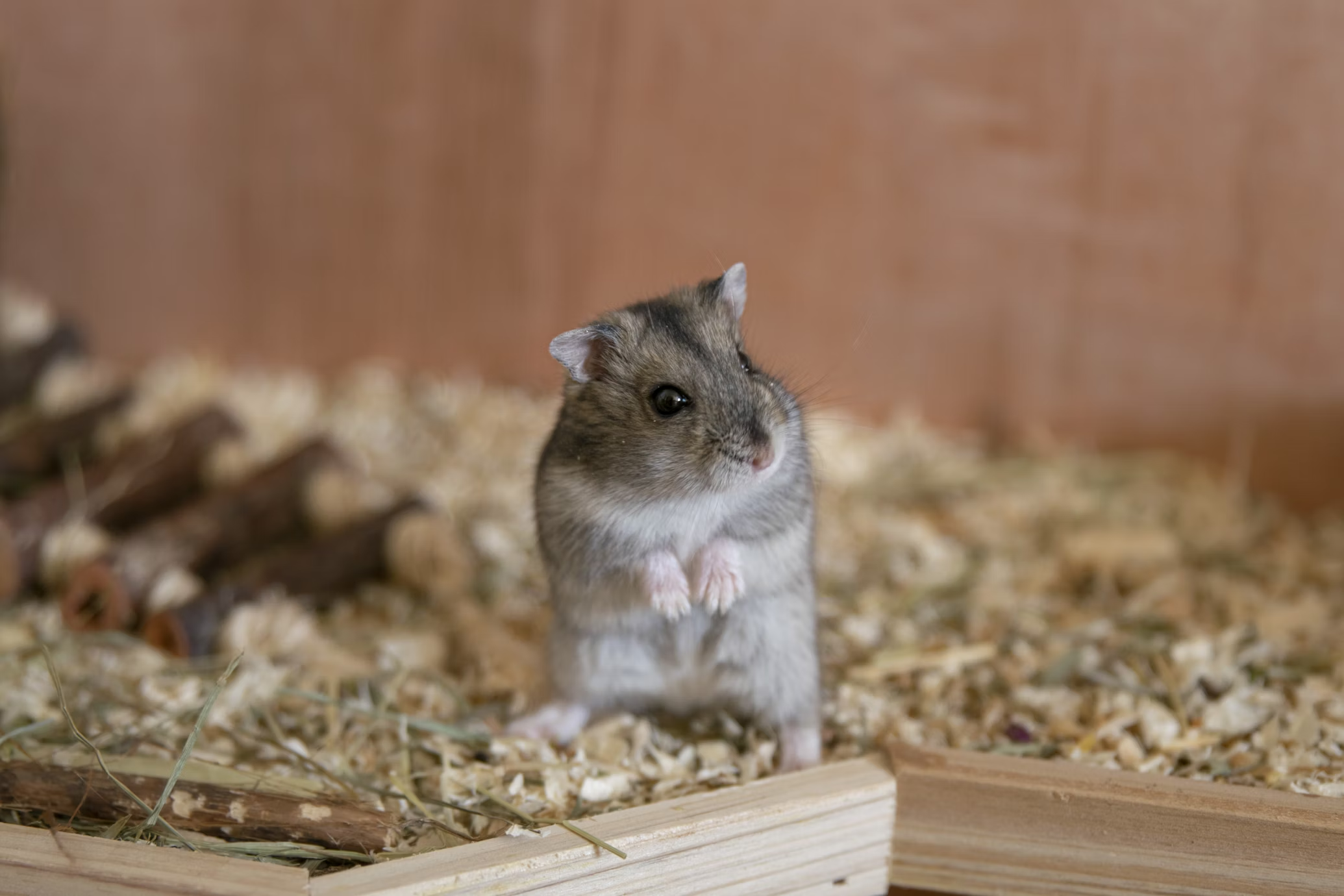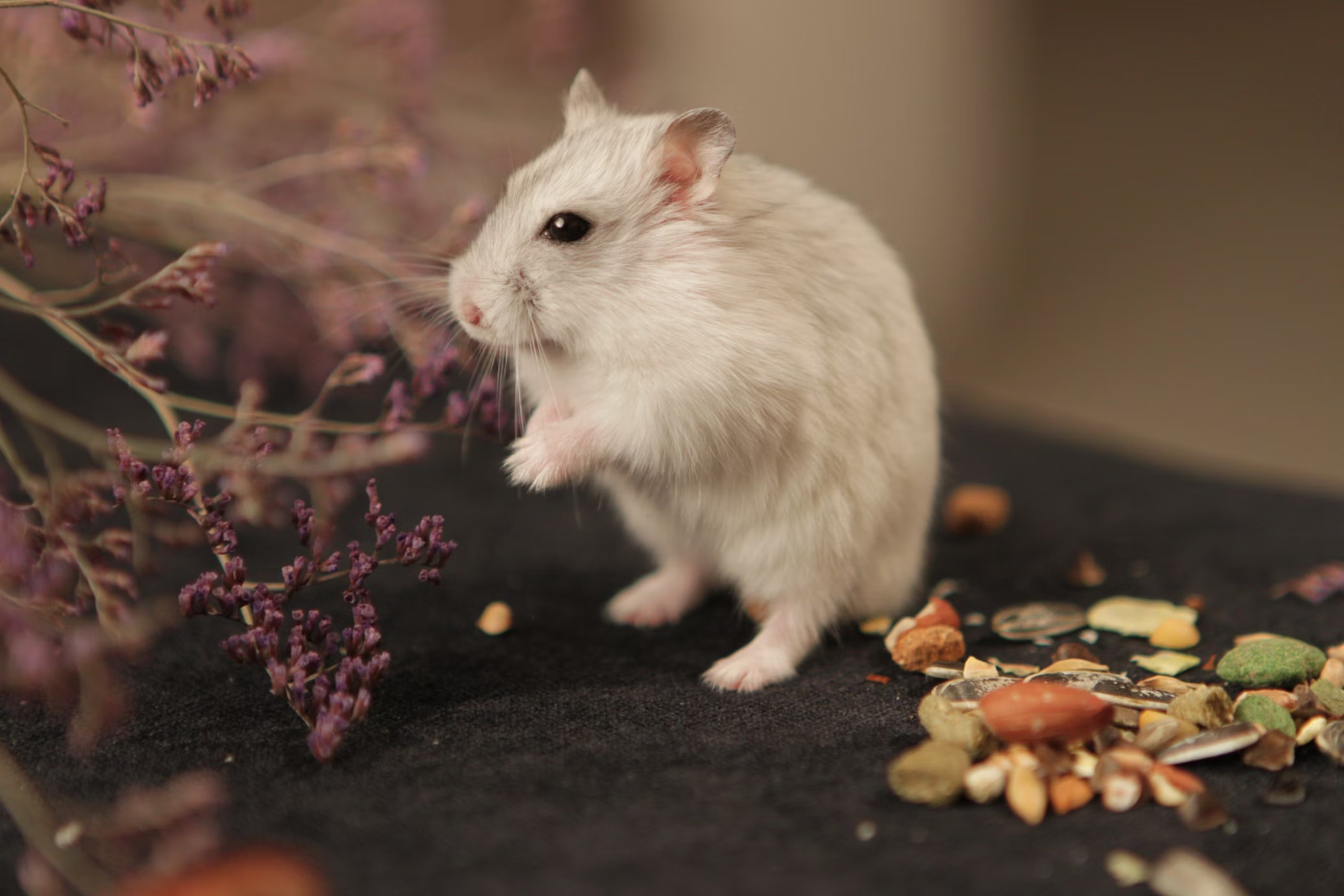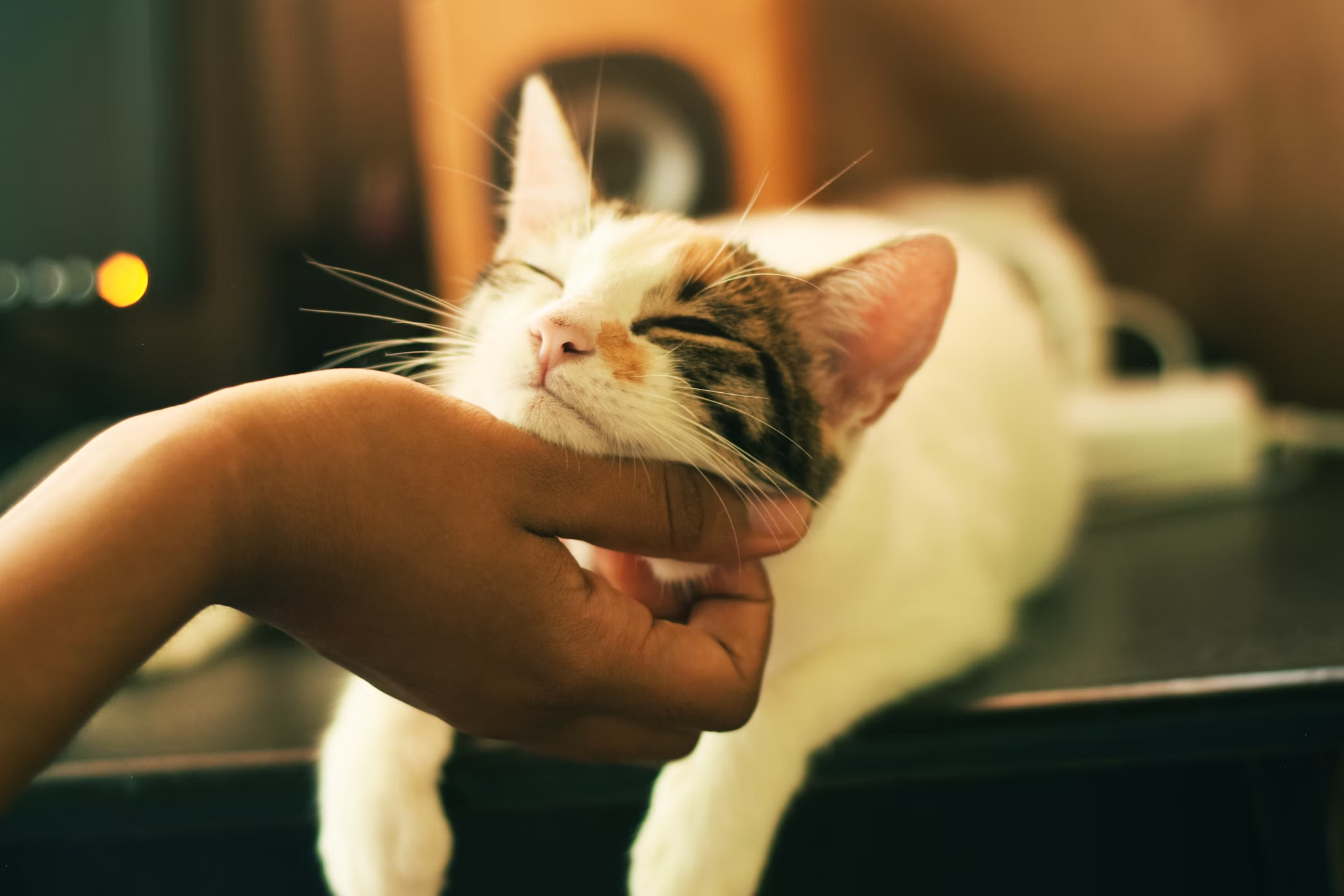
Cats are enigmatic creatures, often leaving their human companions puzzled by their behaviors and vocalizations. Talking to cats may be a tall order, but learning how to talk to cats can enhance your relationship with your feline friend, making it more fulfilling for both of you. In this comprehensive guide, we’ll explore the various ways cats communicate, backed by statistics, expert insights, and practical tips.
Here is a satirical video on talking to cats: 🙂
Understanding Feline Communication
Cats communicate through a combination of vocalizations, body language, and behaviors. Unlike dogs, who have been domesticated for thousands of years, cats retain many of their wild instincts, which can make their communication methods seem mysterious.
Vocalizations
Cats have a range of vocalizations, each with different meanings. Some common sounds include:
- Meowing: Cats primarily meow to communicate with humans, not other cats. Each cat’s meow can vary in pitch, tone, and frequency, indicating different needs or emotions. According to a study published in the Journal of Veterinary Science, cats can produce up to 21 different types of meows.
- Purring: Often associated with contentment, purring can also indicate pain or distress. A study in the Current Biology journal found that cats purr at a frequency of 25-150 Hz, which can have a calming effect on humans.
- Hissing and Growling: These sounds are defensive and indicate that a cat feels threatened. Understanding these signs can prevent negative interactions.
Body Language
Observing a cat’s body language can provide insights into its mood and intentions. Key signals include:
- Tail Position: A cat’s tail is a strong indicator of its feelings. A raised tail often signifies happiness or confidence, while a tucked tail can indicate fear.
- Ears: Forward-facing ears indicate curiosity or playfulness, while flattened ears suggest fear or aggression.
- Eyes: Slow blinking is a sign of trust and affection. Direct staring can be perceived as a threat.
- Posture: A relaxed cat will have a loose, stretched-out posture. An arched back and puffed-up fur indicate fear or aggression.
Scent Marking
Cats use scent to communicate with other animals and humans. They have scent glands on their face, paws, and tail. Rubbing against objects or people is a way to mark their territory and signal ownership.
Practical Tips for Talking to Your Cat
Now that we understand how cats communicate, let’s delve into practical ways to talk to your feline friend.
Responding to Vocalizations
- Mimic Their Sounds: Try mimicking your cat’s meows to create a back-and-forth conversation. This can help strengthen your bond.
- Use a Soft Voice: Speak in a gentle, calm tone to reassure your cat and make it feel safe.
- Respond to Their Needs: Pay attention to the context of your cat’s meows. If it’s near mealtime, your cat may be hungry. If it’s near the litter box, it may need cleaning.
Interpreting and Reacting to Body Language
- Respect Their Space: If your cat’s body language indicates discomfort or fear, give it space. Forcing interaction can lead to stress or aggression.
- Offer Slow Blinks: Slowly blink at your cat to communicate trust and affection. Many cats will return the gesture.
- Pet with Caution: Pay attention to your cat’s body language when petting. Some cats enjoy being petted in specific areas, while others may have sensitive spots.
Enhancing Communication Through Play
Play is an essential part of a cat’s life. It provides mental stimulation, physical exercise, and an opportunity for bonding.
- Use Interactive Toys: Toys like feather wands or laser pointers can engage your cat and mimic hunting behaviors.
- Schedule Regular Playtime: Consistent play sessions can help reduce boredom and behavioral issues.
- Understand Play Signals: Cats often signal playfulness through pouncing, chasing, and batting. Responding to these signals can create a fun and enriching experience.
Backed by Science: The Benefits of Understanding Cat Communication
Research shows that understanding and responding to your cat’s communication can have several benefits:
- Stronger Bond: According to a study published in the ScienceDirect, cats with owners who understand their signals have stronger, more positive relationships.
- Reduced Stress: Proper communication can reduce stress and anxiety in cats. A study by the American Veterinary Medical Association found that cats in harmonious households exhibit fewer stress-related behaviors.
- Improved Health: Understanding a cat’s needs can lead to better care and health outcomes. For example, recognizing signs of distress early can lead to timely veterinary intervention.
Here is a more complete video on talking to cats:
Conclusion
Talking to your cat involves more than just vocalizing. It’s about understanding and responding to their unique ways of communicating. By observing their vocalizations, body language, and behaviors, you can create a deeper, more meaningful connection with your feline companion.
Remember, each cat is an individual with its own personality and preferences. Take the time to learn and adapt to your cat’s communication style. Your efforts will be rewarded with a happier, healthier, and more loving relationship.
For further reading and resources on cat behavior and communication, check out these expert articles and videos.
References




































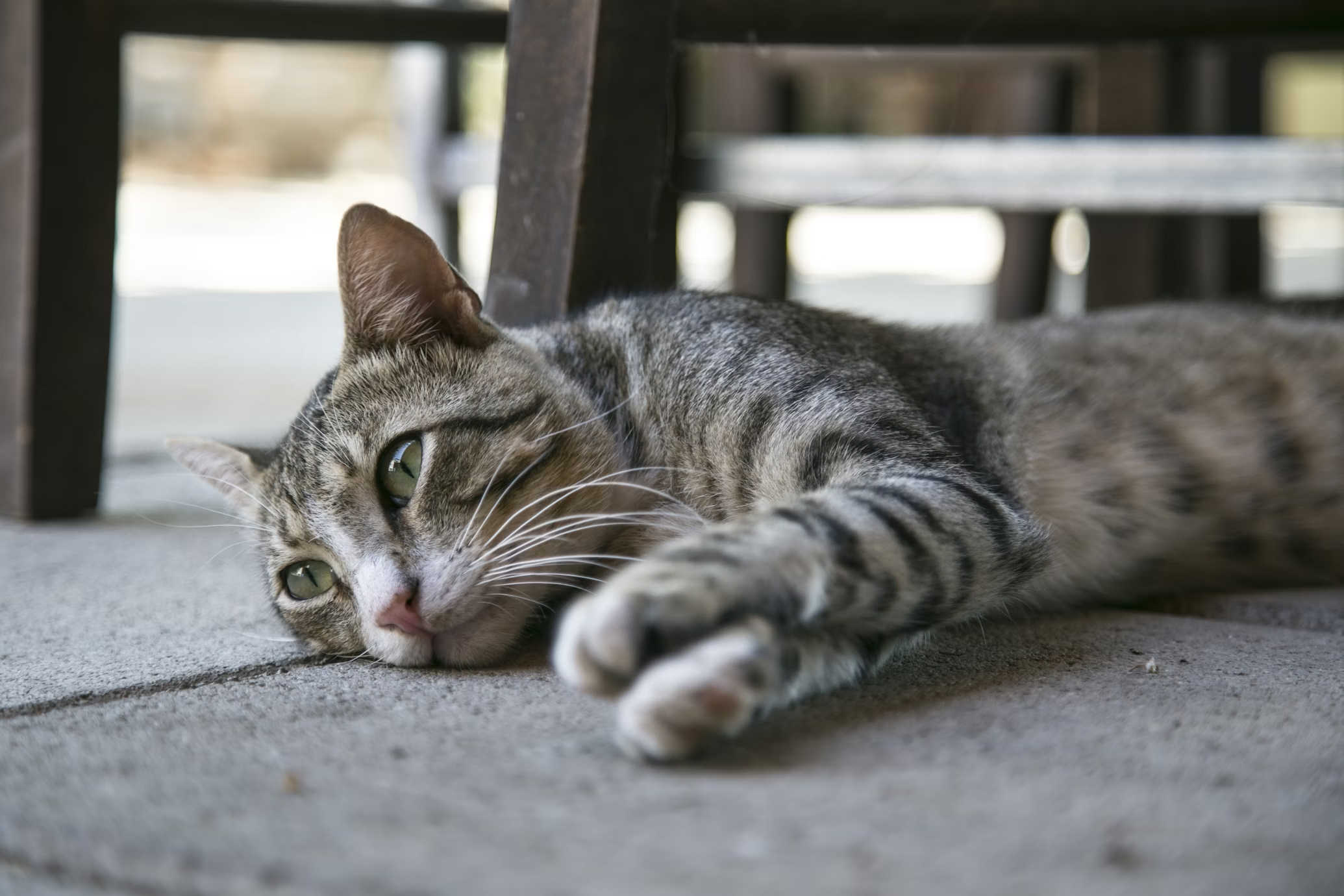
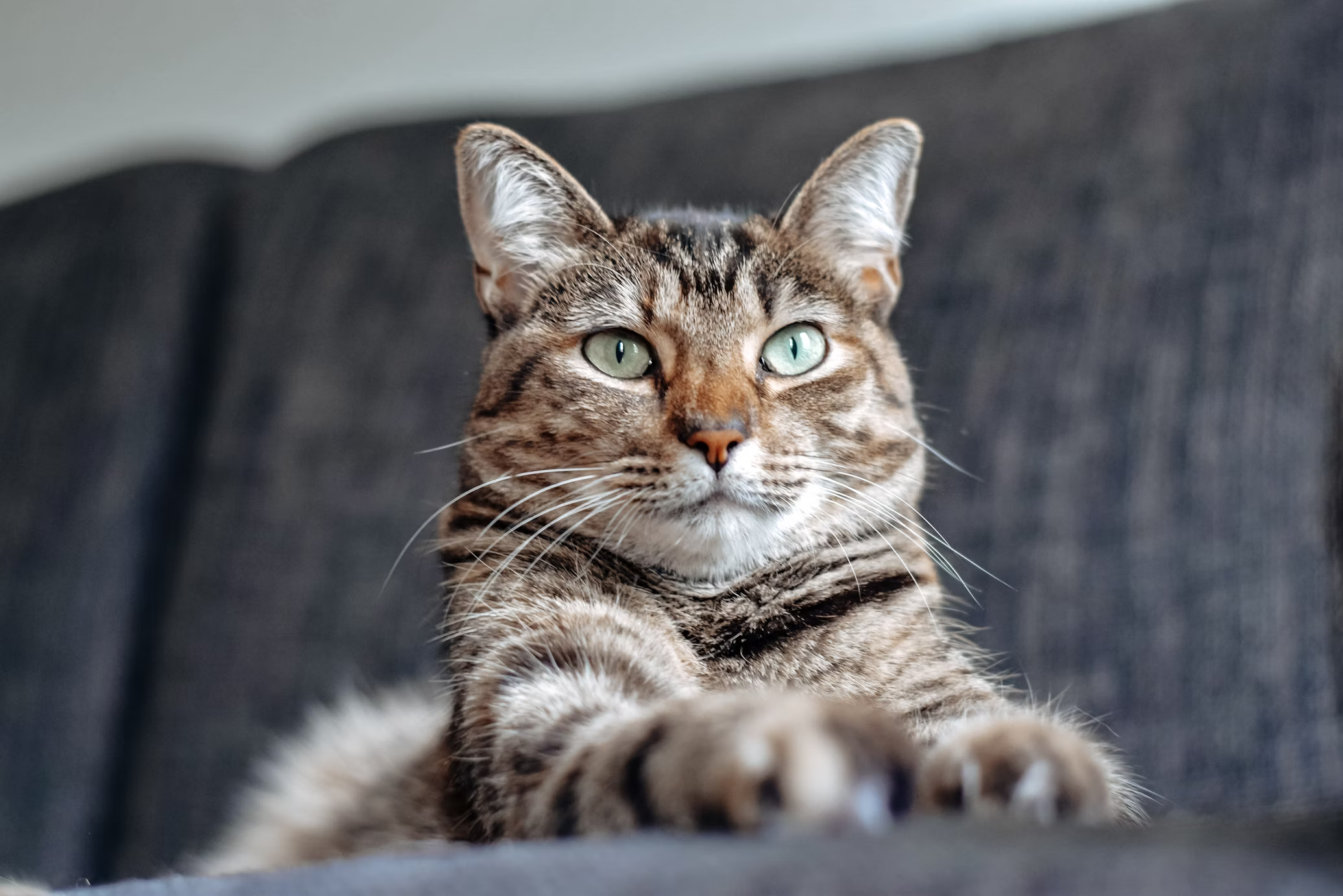
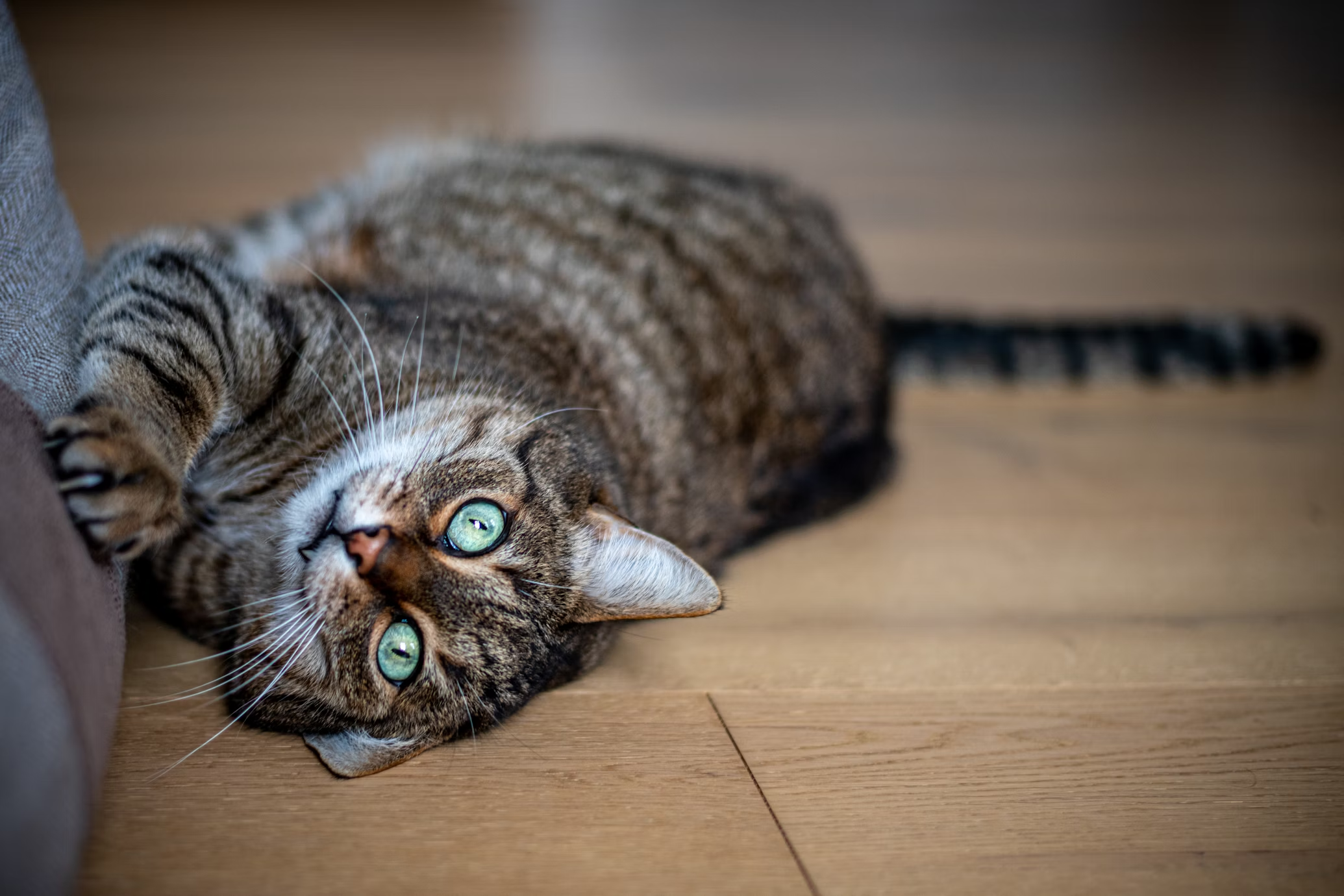



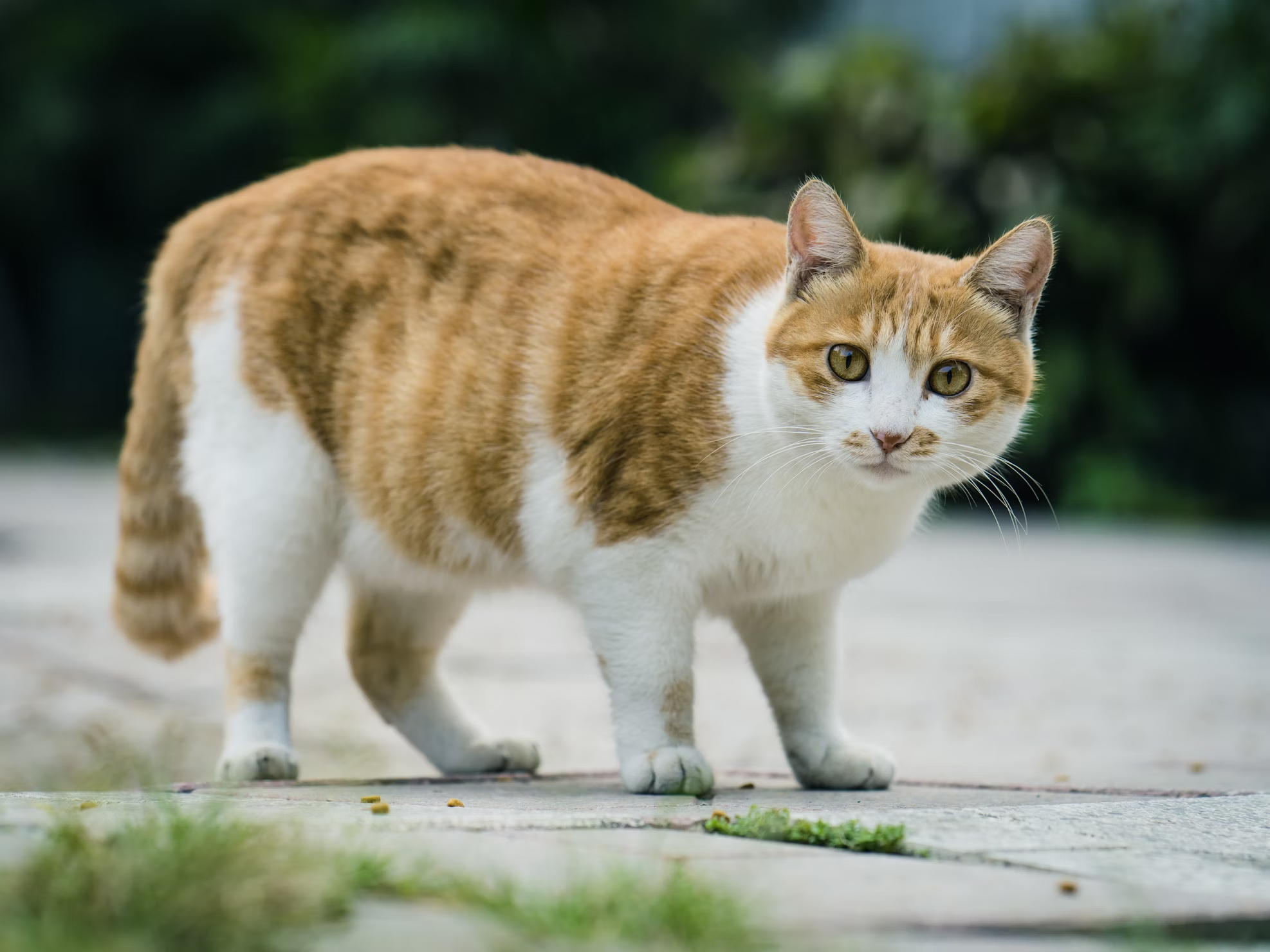
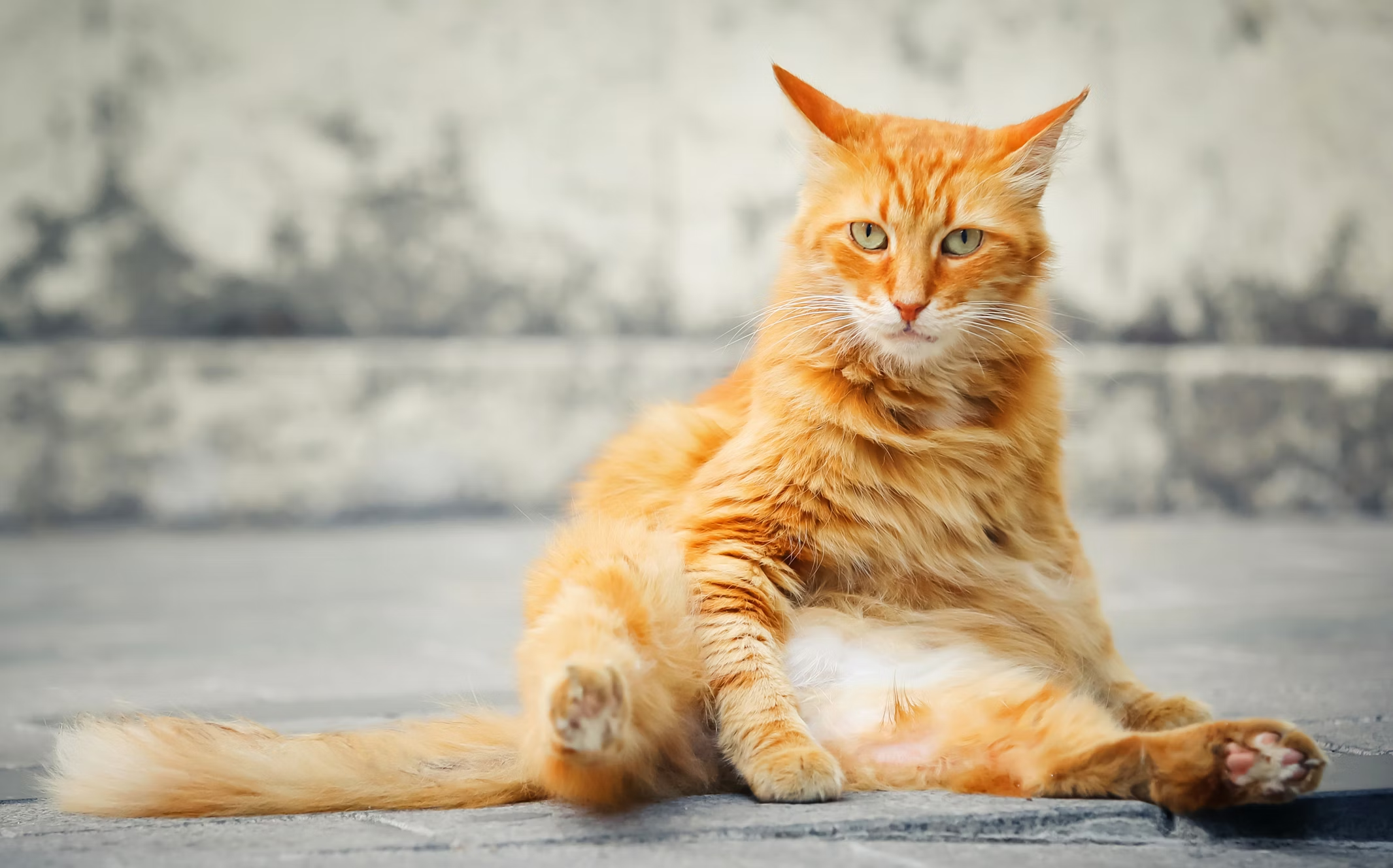
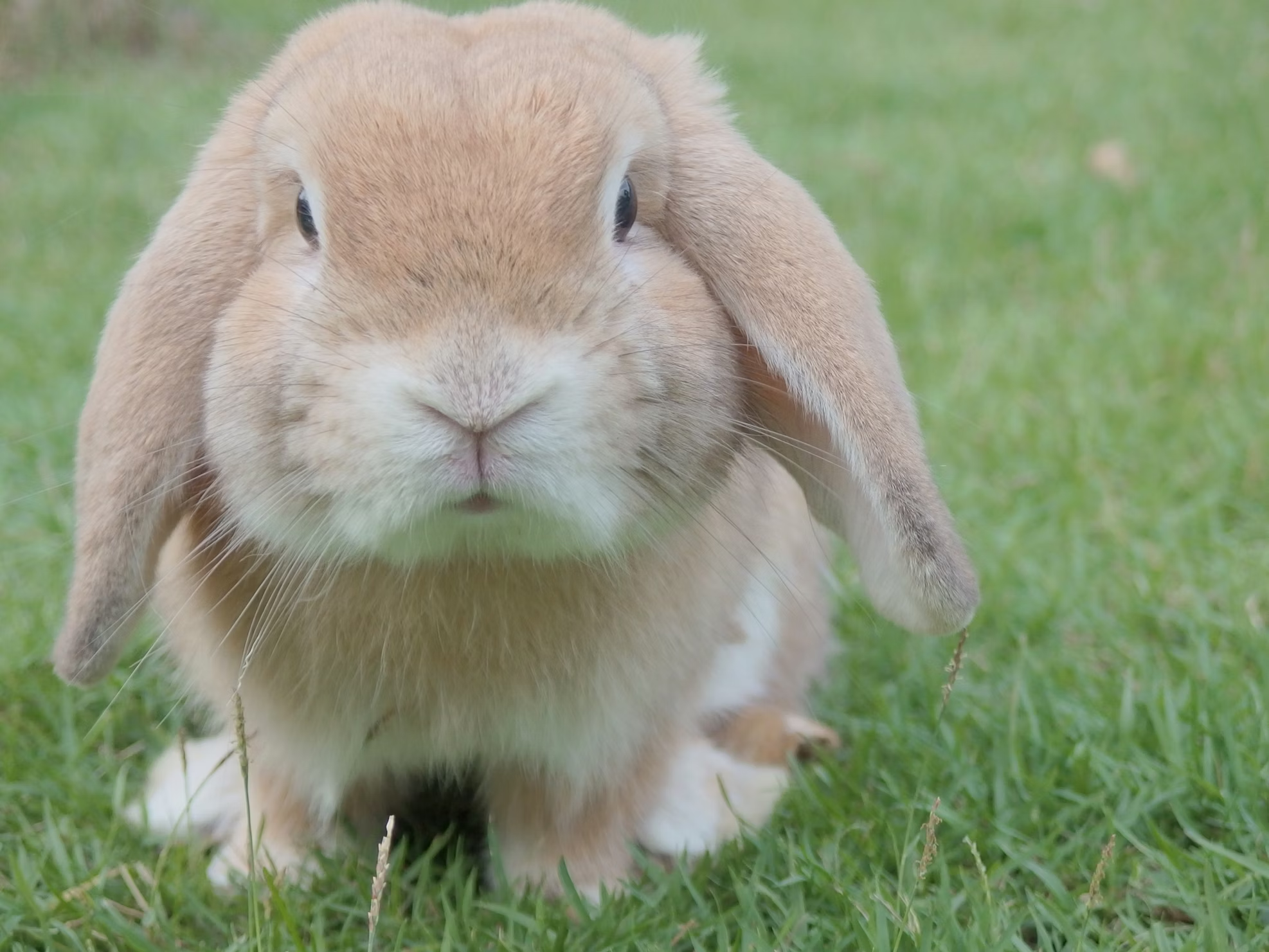
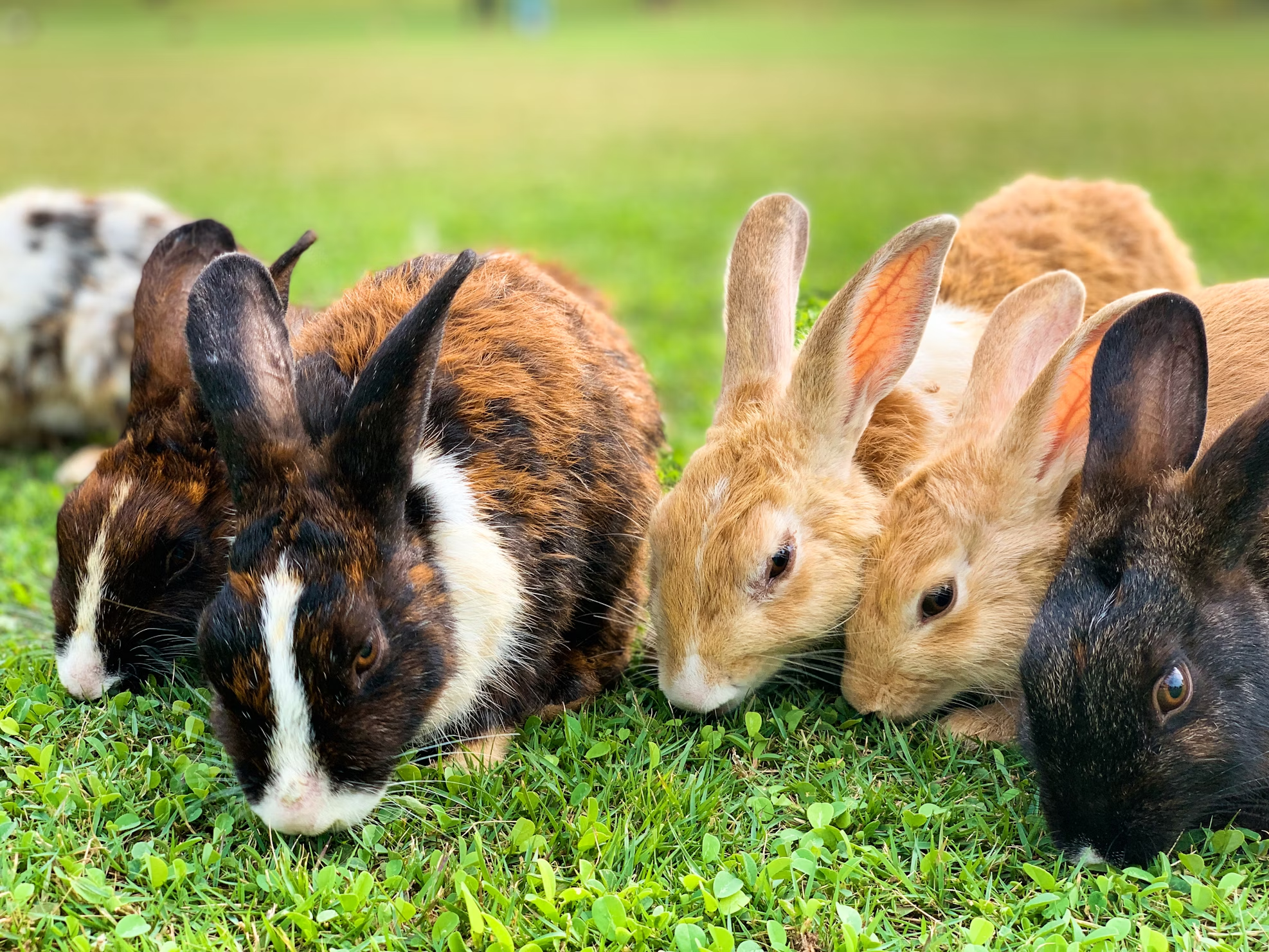



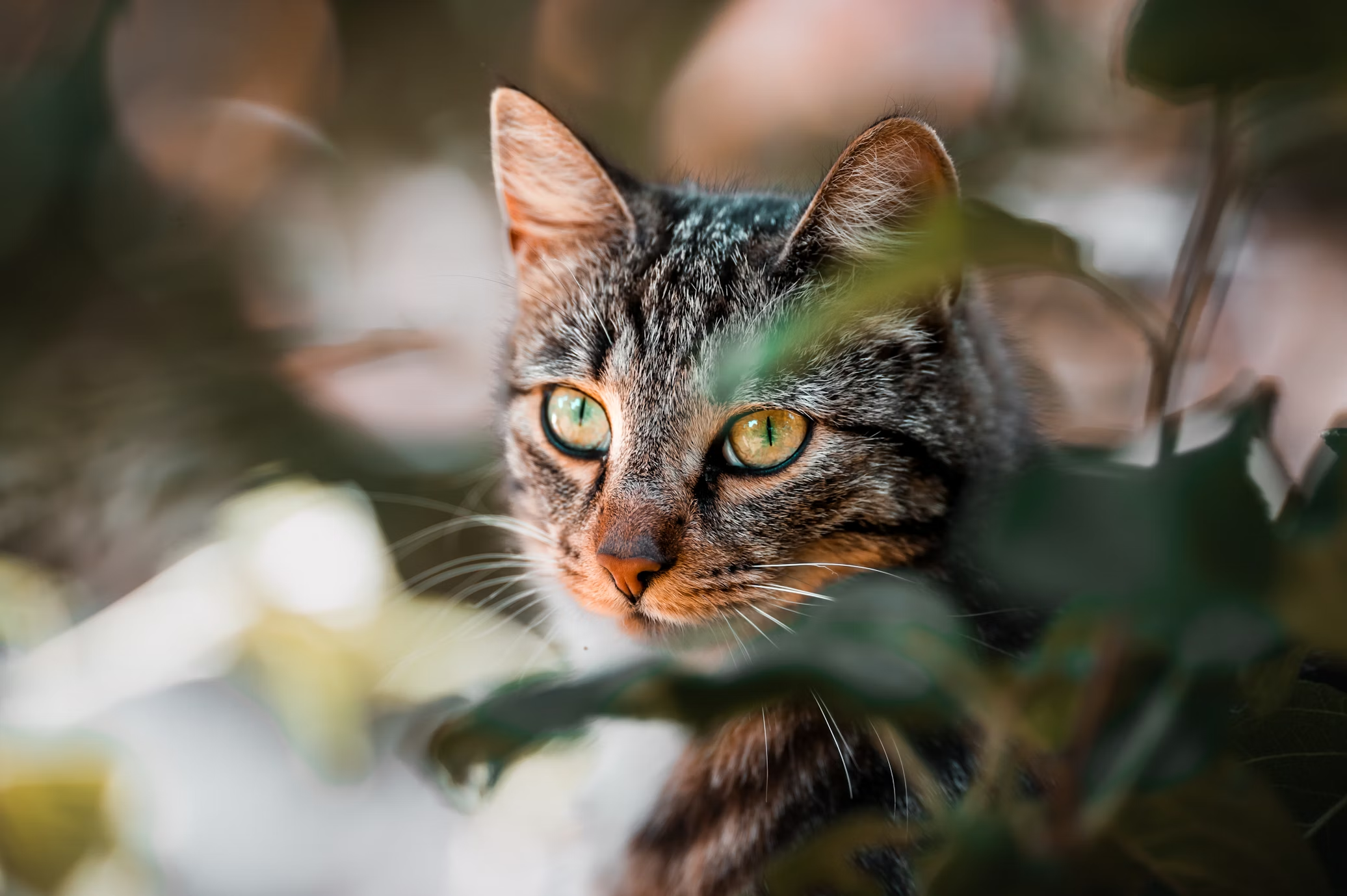




![[GOODY BAG] aPetMart Exclusive Goody Bag Cat or Dog food Wet Dry Treats Canned Bags](https://apetmart.com/wp-content/uploads/2023/07/Goody-bag-listing-03-03-300x300.jpg)








